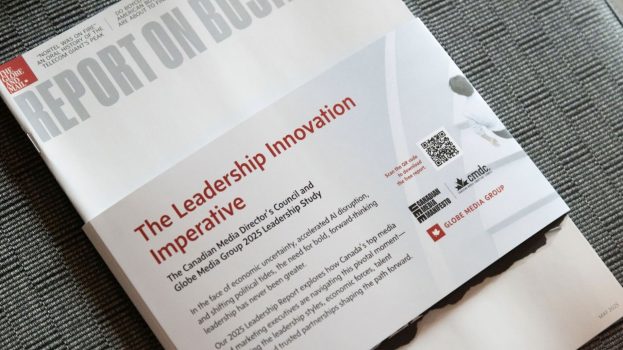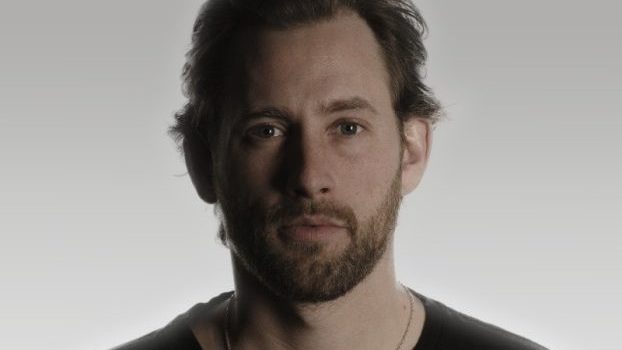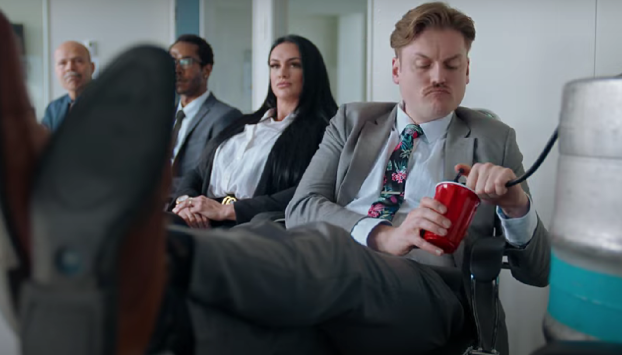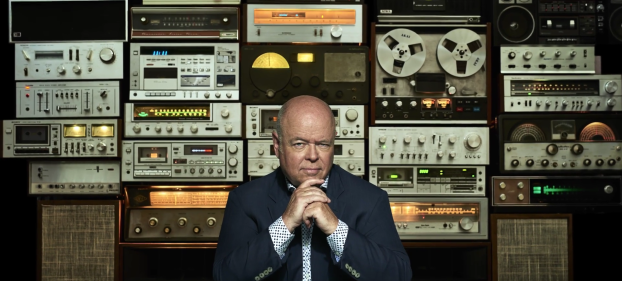This summer, American computer products and services giant Dell called attention to the milestones it has reached on a range of CSR initiatives, since having launched its “Legacy of Good” plan in 2013. In many cases, the company boasted meeting its objectives on time or ahead of schedule.
Now, as the company looks ahead to 2030, it has unveiled “Progress Made Real,” a series of “moonshot goals” (so-called because of what Dell considers the brand’s high ambition) that will guide its CSR efforts over the next decade.
The corporate plan is built around four pillars – sustainability, diversity and inclusion, philanthropy, and ethics and privacy – each with its own set of guidelines.
But at its core, over the next ten years, Dell promises to reuse or recycle an equivalent product for every product sold, and to make 100% of its packaging from recycled or renewable material; to ensure 50% of its global workforce and 40% of its global leaders are women; to improve health, education and economic outcomes for one billion people; and to also fully automate its data control process so that it’s easier for customers to control their own data.
Strategy caught up with Christine Fraser, Dell’s chief responsibility officer, this morning in Toronto. She shared details on what the plan entails and the role CSR is playing within the organization today.
On defining social purpose through a range of causes
“What I would tell you is that these are the areas that we’ve always focused on. Sustainability is very core to our business. Cultivating inclusion, it’s really important to us as a tech provider… There used to be this concept that social impact was something that was nice to do. We don’t see it that way. We see it as a business imperative. […] When we get to the Transforming Lives piece, we have a long and storied commitment to support the communities in which we serve. None of this is new to us. And the ethics and privacy is core to our business. It’s the first time we’ve been out with goals that are specific… I’m a less is more person. These goals are all about what we have to do. I don’t have to have 75 of them. But we really looked at where we have focused and where we should focus and be complete with that agenda.”
On what differentiates Dell’s social impact strategy
“When we think about our value, we think about it as three big differentiating things. The first is the power of our portfolio. We have a very broad technology portfolio. The second is our global scale; we operate and support communities around the world, and we feel that that allows us to do things that others can’t, in particular to build ecosystems that are really critical to solving these problems. The third differentiation for us is we have 150,000 team members around the globe, customers and partners who are equally committed to driving social impact.”
On Canada falling behind other markets on the circular economy
“If you go into Europe, and in particular Northern Europe, the expectations of our customers are very high. And for other parts of the world, they’re just not as far along. Canada is a market where we’re just starting to have a lot of these conversations… There are things that we do because we believe that it’s core to our business and it’s really important to us. There are others where the push is from our customers saying we need, we want; and in different parts of the world, those voices are louder than others.”
On being flexible with its social impact goals
“The reality is… with the rapid pace of change and technology, we don’t know what’s going to happen tomorrow, let alone come 2030. So we designed our goals in a way that they can be somewhat dynamic. By that I mean that you may see us adding goals, because there’s some issue that becomes particularly critical two or three years from now. But the construct of the goals, in terms of the categories, allow us to pull a goal in, and add a goal if we need to as time moves forward.”
On making social impact real for consumers
“How do we make this real for people? For me, that’s one of the biggest challenges. But inside of Dell, the way that we’re doing this is kind of back to my background [in marketing and operations]. You have to make the goals very relevant to people who are going to action the resolution. When we say, ‘one product out, one product in,’ that’s very easy for people to understand […] [Our customers] understand that there’s a role to play with their customers in promoting the kinds of services that Dell has for reclaiming. We have ten, maybe more, different programs that are available to consumers and customers that [help them] recycle products right down to their batteries. One of the things that was very eye-opening for all of us was the limited awareness of people to those programs. We’ve got to make it really tangible and very accessible for our team members and customers.”

























